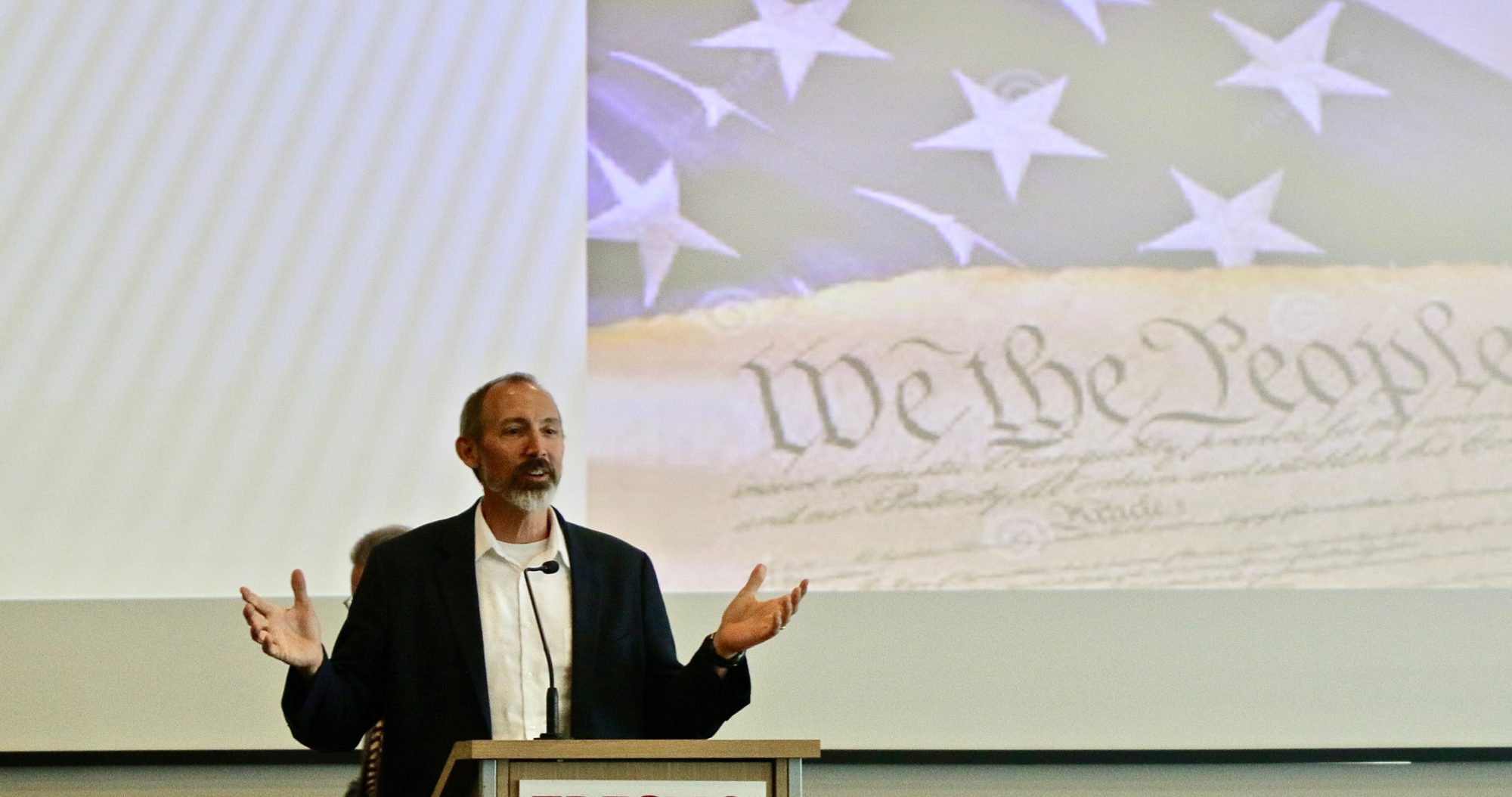Since this is Father’s Day weekend and our country is expecting a U.S. Supreme Court decision about abortion, let’s consider how the ethics of fatherhood connects to the ethics of abortion. Abortion is a matter of women’s rights. But as they say, it takes two to tango.
The Roe v. Wade decision briefly mentioned the ancient idea that abortion violated a “father’s right to his offspring.” In the old days, husbands and fathers controlled the reproductive lives of their wives and daughters. But Roe v. Wade established a woman’s right to decide for herself, within limits, about terminating a pregnancy. Subsequent decisions, such as Planned Parenthood v. Danforth, clarified that when there was a conflict between mother and father about abortion, the mother’s right should prevail.
And yet, fathers may want a say in the matter. There are two very different ways this might occur. Some fathers may want the mother to keep the child. Other fathers may want the mother to abort.
This last kind of case has led some men to seek a so-called “financial abortion.” The idea here is that if a mother remains pregnant against the father’s wishes, he should not have to pay child support. So far, there is no legal basis for financial abortion. Instead, if paternity is established, fathers are liable for child support.
I suspect that if more men understood the obligation of child support, they would be more responsible about birth control. If you dance without protection, you may have to pay the piper.
This points us toward the importance of responsibility. It is not only the woman who is responsible for avoiding pregnancy. She didn’t dance alone. And when a child is born, both parents are responsible to care for the child.
Responsibilities are different from rights. Discussions of rights are typically about what we are free to do without interference. If you have a right to dance, you are free to dance with whomever you want, without the government preventing you. The right to an abortion is similar, as a kind of freedom from interference. Rights give us permissions, while responsibility gives us duties.
Responsibilities are harder to enforce. You are free to tango. But no one can force you to dance well. Nor can anyone force you to use protection when you dance. That area of responsibility is left up to the dancers.
Ethical men behave well before, during, and after the tango. They are respectful of the women they dance with. They are not selfish or cruel when they dance. And after the dance is over, they take responsibility for the outcome.
Of course, in our libertarian society, you are free, within limits, to be a bad father. “Dead beat dads” and abusive fathers can be punished. But apart from those extreme cases, there is no legal obligation to be a good dad.
And what do good dads do? Well, they love their children. This means that they are responsible and caring, compassionate and supportive. This lovingkindness extends throughout a child’s life.
One way that paternal love unfolds is through a kind of identification. Paternal love is like the Golden Rule but more intimate. We love our children as ourselves because they remain a part of us. A father’s love is both selfish and selfless. There is no room in paternal love for jealousy, resentment, or cruelty.
Good fathers also respect the autonomy of their children. A father does not own his children. They will transcend him. Good fathers do not impose or command. Rather, they encourage and support, knowing that when the child becomes herself, she will leave him behind.
Again, the metaphor of dancing comes to mind. Dance is responsive. It involves structure. But it also includes freedom. A dance without freedom is a slogging march. But dance without structure is merely a spasm of movement. Somewhere in the middle there is beauty, grace, and joy.
Let’s not forget the importance of paternal love and responsibility as we think about the ethics of abortion in the coming weeks. We have a right to dance. But we also have a responsibility to dance well. And somewhere in all of this, we ought to seek transcendence, joy, and love.
Read more at: https://www.fresnobee.com/opinion/readers-opinion/article262610487.html#storylink=cpy



